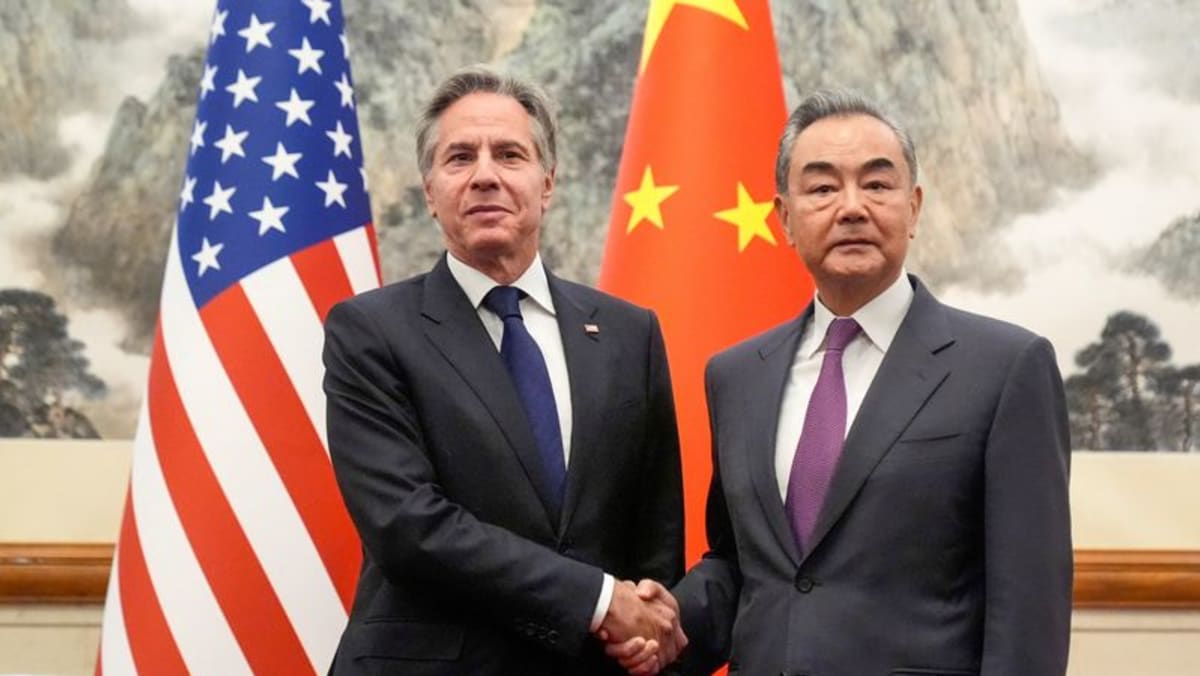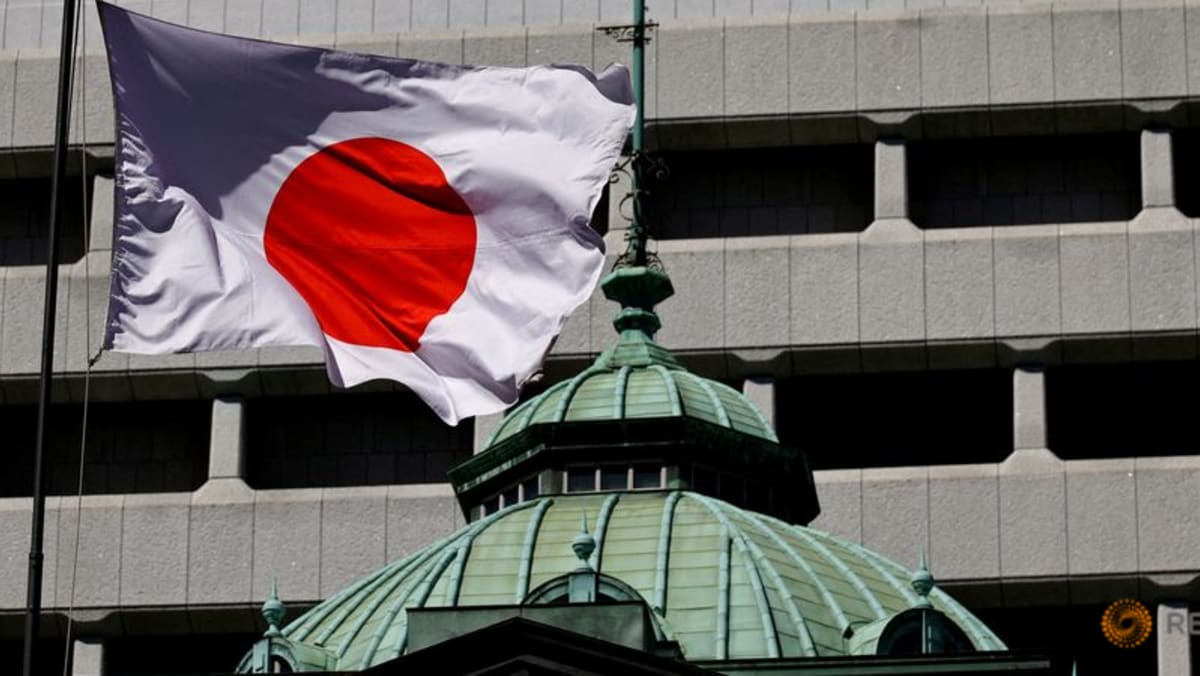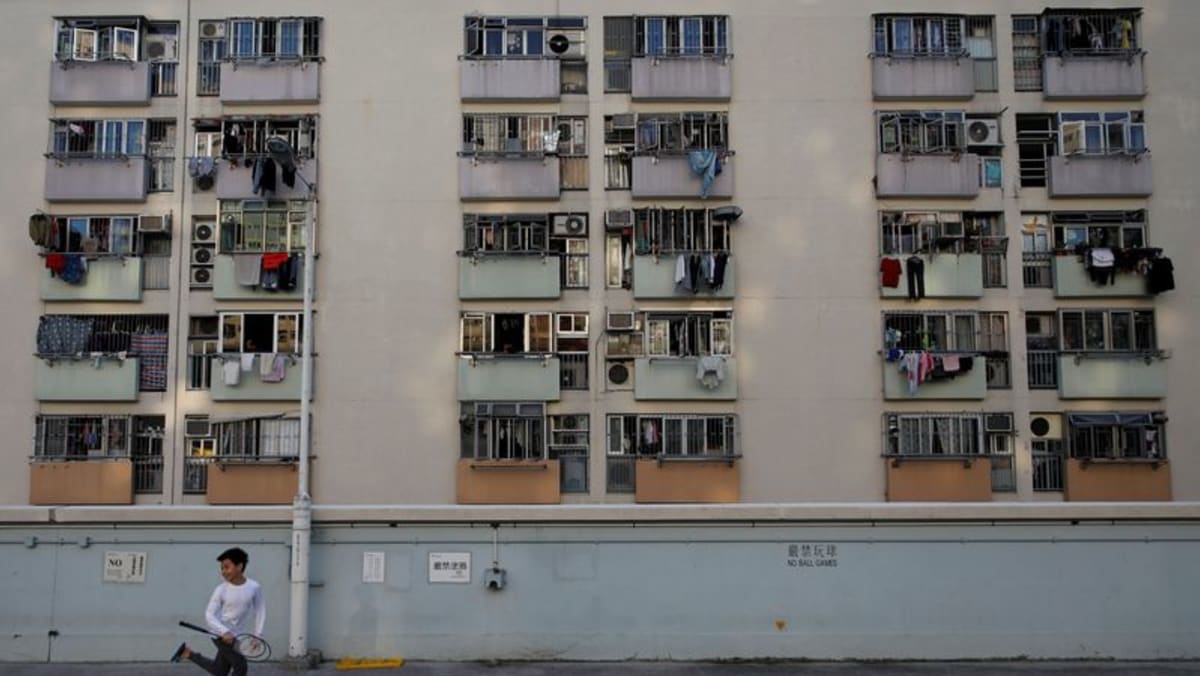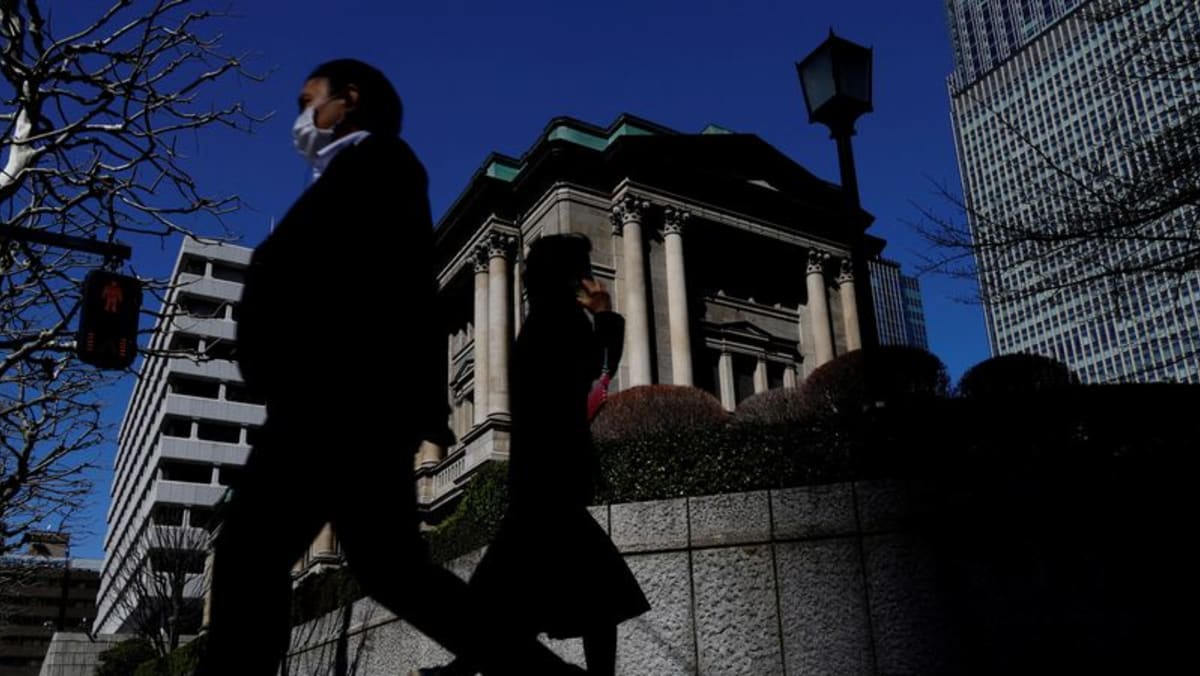SINGAPORE :Beaten-up Chinese stocks capped off their best week in more than a year on Thursday after a change of leadership at the market regulator and a string of support measures from Beijing ahead of an extended break stemmed a heavy selloff.
The blue-chip CSI 300 Index closed 0.6 per cent higher at 3,364.93 points, taking its weekly gain to 5.8 per cent, its strongest performance since November 2022.
Markets in China will be closed for a week beginning Friday for the Lunar New Year holiday.
The CSI 300 has since pulled further away from last week’s five-year low after fresh vows of support by state-linked buyers and Bloomberg reporting that President Xi Jinping would meet regulators earlier this week.
The cabinet on Wednesday said it would replace China Securities Regulatory Commission Chairman Yi Huiman with Wu Qing, a securities regulator veteran who has led the Shanghai Stock Exchange and is known for his tough line on market malpractice.
“It seems that Beijing has noticed the sharply falling stock market,” said portfolio manager Rob Brewis at UK-based Aubrey Capital Management.
“Hard to say how effective the new man is until we see some policies… (It) won’t impact the economy or property market which seems to be the major problem, but might well instigate a bounce in the stock market.”
On the broader economic front, inflation data underscored the challenge regulators have in stabilising markets amid a fragile post-COVID revival.
Figures released on Thursday showed China’s consumer prices fell at their steepest pace in more than 14 years in January while producer prices also dropped, pointing to a still-shaky recovery in the world’s second-largest economy.
“The government remains, in our view, behind the curve in dealing with deflationary pressure,” said Aninda Mitra, head of Asia macro and investment strategy at BNY Mellon Investment Management.
“We think the policy mix needs to shift more decisively to bigger fiscal easing in support of households and consumers, with the (People’s Bank of China) playing a complementary role in keeping borrowing costs low.
In the absence of such measures, risks are growing of a Japanification of China’s long-term macro outlook.”
A raft of regulatory measures to defend the stock market this year – such as suspending brokerages from borrowing shares for lending, curbing margin-lending and other derivatives, and even getting exchanges to halt selling by hedge funds – have barely helped.
State fund Central Huijin Investment has also stepped up investment in stock exchange-traded funds (ETFs).
Yet, as the S&P 500 closes in on the magic 5,000 level [.N], Chinese blue chips in January clocked six straight months of losses – highlighting the rush of money fleeing China’s crumbling stock markets.
Despite this week’s rally, the index is still down 2 per cent for the year.
The Shanghai Composite Index jumped 1.3 per cent on Thursday and was up 5 per cent for the week, likewise its best since November 2022. It remains more than 3.5 per cent lower year-to-date.
The country’s central bank has also been busy trying to defend the yuan amid the stock market rout.
The PBOC on Thursday set the midpoint rate around which it allows the yuan to trade – in a 2 per cent band – at 7.1063 per U.S. dollar, 848 pips firmer than market estimates.
The onshore yuan last stood at 7.1954 a dollar, little changed following the release of inflation figures.
Its offshore counterpart rose roughly 0.1 per cent to 7.2073 per dollar.














